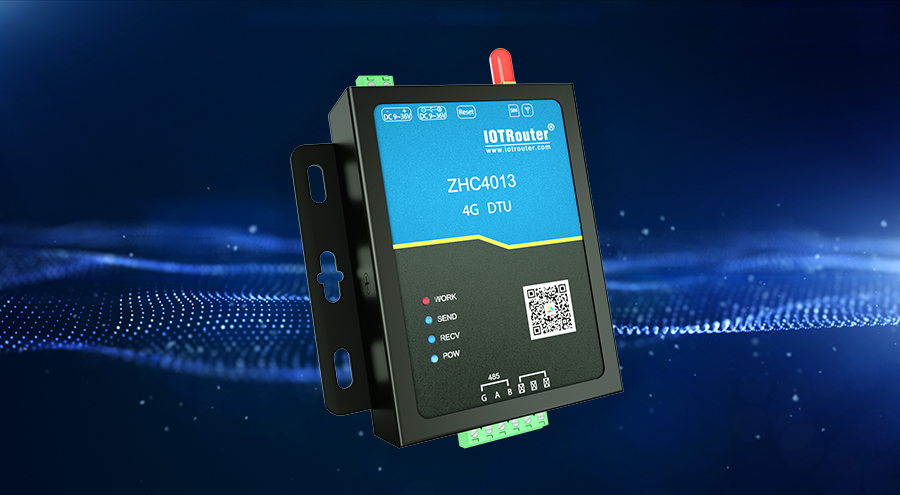Módulo sem fios 4G , also called 4G communication module or 4G DTU module, is a product that performs wireless transmission of data based on 4G communication functions. It is one of the core components for terminal devices to access the Internet of Things. Due to the popularity of 4G, the demand for 4G wireless modules is growing in many emerging markets.
With the development of industry, the demand for embedded devices to access the network continues to increase. In the absence of wired or WiFi, it is a good way to directly access the operator’s network and access the Internet through 4G wireless modules. The use of 4G wireless modules can greatly reduce operating labor costs.

Through the 4G wireless module, we can realize the transmission of industrial equipment data to the remote control center through the wireless 4G network, and remotely conduct data interaction with the industrial equipment from the control center through the 4G wireless module, thereby achieving centralized management of industrial equipment through the wireless 4G network. Centralized monitoring.
Use 4G wireless modules to collect express cabinet business data and monitor express cabinet safety in real time, with 24-hour real-time and stable transmission, reducing the operating costs of express delivery companies and improving service efficiency.
The charging piles are connected to the 4G wireless module to achieve networking, which can quickly transmit a large amount of real-time data and real-time monitoring information to the business center and users, optimize the management of the scattered status of charging piles, save manpower and material resources, and reduce costs.
Taking the safety monitoring of a certain mine as an example, the mine monitoring sensor equipment is connected to the 4G wireless module, and the collected data is transmitted to the management and monitoring platform in real time, so as to quickly troubleshoot, ensure safe construction, and avoid illegal manipulation by operators.
4G wireless modules have been widely used in various IoT communication fields, including electric power, environmental protection, logistics, hydrology, meteorology, manufacturing and other industries, to provide data transmission functions for customer equipment.